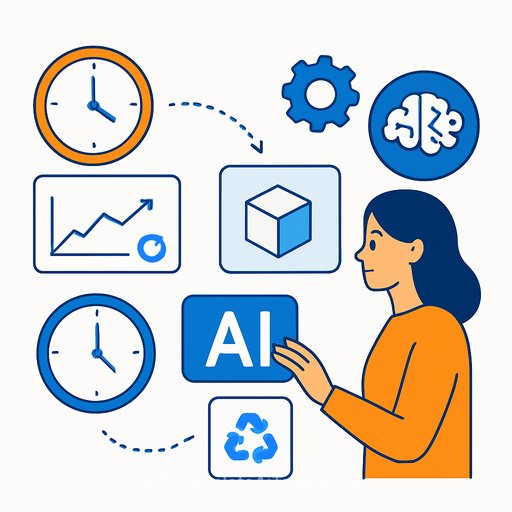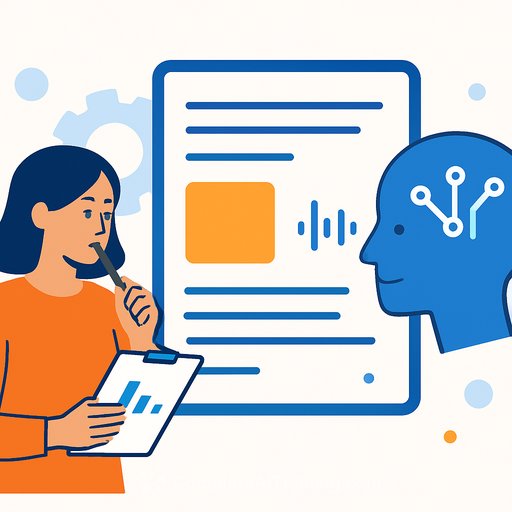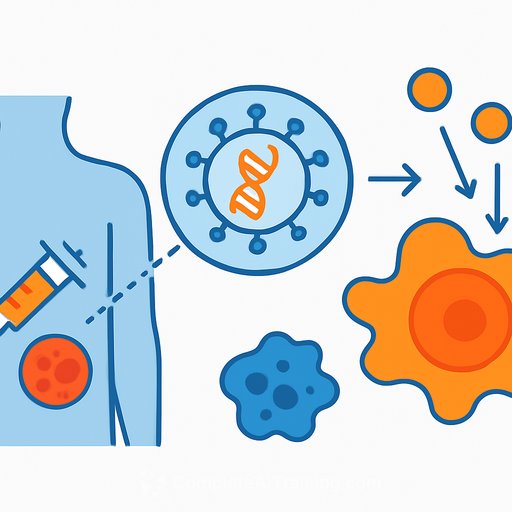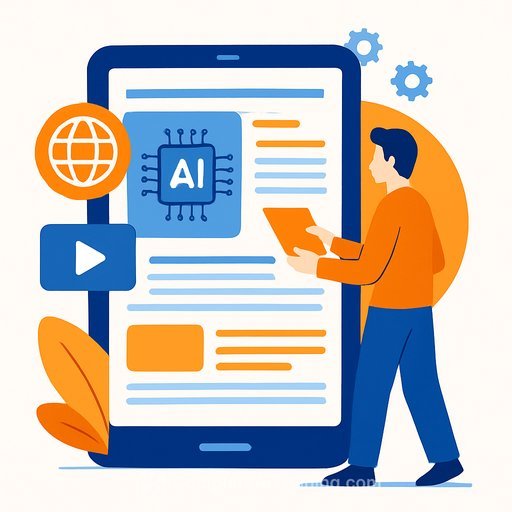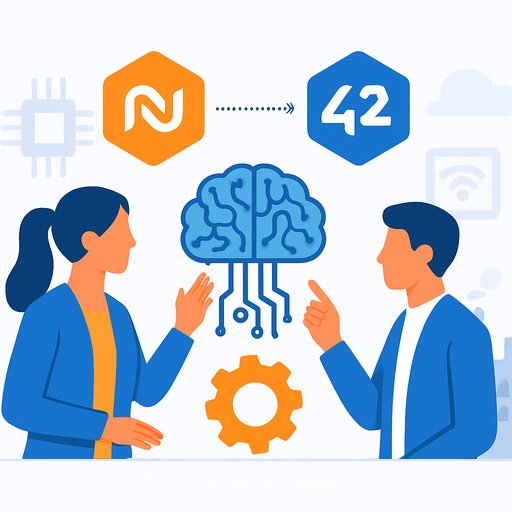AI makes life cycle assessment fast enough for product design sprints
Early design decisions lock in environmental cost. Traditional life cycle assessment (LCA) is too slow and expensive to influence those choices. A new Streamlined Life Cycle Assessment (SLCA) approach changes the pace-bringing credible impact estimates into week-one concept work.
Developed by a team at the Singapore University of Technology and Design, the method uses AI, 3D models, and secondary databases to focus on the parts and processes that actually move the needle. The goal: actionable accuracy without the months-long overhead.
Why this matters for product teams
- LCA usually arrives after design freeze, when changes are costly.
- Designers lack reliable data on materials, processes, and energy use.
- Supply chain inputs are hard to obtain within sprint timelines.
How the streamlined method works
- Start from prior studies and databases to pinpoint likely impact drivers (materials, mass-heavy parts, energy-intense processes).
- Use 3D models to auto-extract part weight and volume-no manual counting or spreadsheets.
- Apply AI to map parts to typical manufacturing processes and materials, then pull data from repositories like Ecoinvent.
- Run a focused assessment on the top contributors to identify environmental hotspots fast.
What the data shows
Case study: a small electronic hearing aid.
- Full LCA: 3 months, 86 data inputs.
- SLCA: 1 week, 26 data inputs.
- Results: ~90% average agreement with the full LCA, while cutting time by over 90% and inputs by nearly 70%.
The team treated the full LCA as ground truth. Beyond a certain point, more detail did not materially change decisions, but it did slow teams down.
Where SLCA fits in your process
- Best for early-stage design: concept evaluation, material swaps, and architecture choices.
- High-churn categories benefit most: wearables, consumer electronics, accessories, and modular devices.
- Use SLCA to screen options fast, then reserve full LCA for pre-launch validation, disclosures, or certifications.
How to put this into practice now
- Integrate 3D data: ensure CAD models surface part mass/volume by default. Treat this as required metadata.
- Create a "typical process" library: map common part geometries to probable processes (e.g., injection molding, CNC, SMT assembly) and default materials.
- Connect to secondary databases: standardize on an LCI source (e.g., Ecoinvent) and lock versions per program to keep results consistent.
- Run hotspot-first assessments: evaluate the top 20% of parts likely to drive 80% of impact. Iterate per sprint.
- Document assumptions: track chosen processes, regional energy mixes, and transport modes so results are explainable.
- Set a decision gate: require an SLCA snapshot before design freeze. Use it to approve or reject material and process selections.
- Plan the full LCA: run a complete assessment at a later milestone for compliance and reporting.
Limits to keep in mind
- Average agreement is ~90%-good for decisions, not a substitute for audited reporting.
- Regionalization matters: energy grid mix and logistics can shift results. Capture regional assumptions early.
- AI suggestions still need review: keep a human in the loop for material/process overrides.
What's next
The research team is expanding testing across product types and refining usability. Expect better automation alongside clear transparency, so teams can move fast without guessing.
Further reading: Proceedings of the Design Society overview here. For practical AI upskilling by role, explore Complete AI Training.
Your membership also unlocks:

